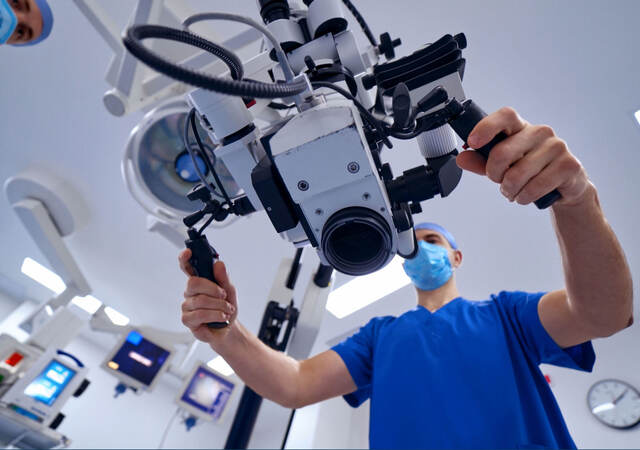July 19, 2023
By Oliver Cook
During the long design and development process of a medical device, user interface design trends can come and go. This means keeping up with these user interface (UI) design trends, or trying to predict them, can be a challenge. Moreover, a user interface with a “dated” look is not just a potential risk to the product’s appearance in the marketplace, it can have consequences for usability, too. For example, an interface that does not feel current could reduce a user’s confidence in the device’s performance capabilities. More pressing, a dated UI could cause frustration or even use errors because it differs from accepted UI patterns that users have become accustomed to with myriad other “modern” UIs.
From the initial stages of user research and formative testing to the final stages approaching validation testing, medical device development can take years. Here are some ways to keep your medical device user interface designs fresh and relevant, even as design trends evolve around you.
Embrace timeless design principles
While trends may change, there are certain design principles that stand the test of time. Focus on creating a solid foundation for your UI based on the principles of simplicity, clarity and consistency. Dieter Rams famously provided his 10 principles for good design. Although they are not all specifically about style, they suggest design should be “useful, honest, unobtrusive and understandable, the latest trend or brand language (which might have been created for more artistic marketing purposes vs. usability purposes). Keeping to Rams’ 10 design principles and applying them to your medical device UI design, you will be following principles that will always be in favor.
Use native design systems
For medical devices that might be presented on a third-party platform, such as Software as a Medical Device (SaMD) on an Apple or Android smartphone, adopting the native design system (such as Apple’s iOS or Google’s Material 3 could help cope with design trends. Design systems provide a comprehensive set of guidelines, reusable components, and style libraries that ensure consistency across different interfaces. By using the native design system, you are building the UI with components the user is already familiar with, reducing the potential for confusion. As the design system evolves over time with subsequent software releases, you can refresh your UI to the native design system as updates are released each year, keeping it relevant and visually appealing.
Focus on accessibility and universal design
Accessibility is an essential attribute of user interface design that enhances an already robust user-centered design approach focused on understanding and meeting the needs of the users. Accessibility features can be integrated so the UI can be used by those individuals with disabilities and impairments, such as visual, auditory, cognitive or motor impairments. Similarly, universal design principles may be applied to evaluate exciting designs, guide the design process and lead to more usable products.
In addition to focusing on specific enhancements for accessible and universal design, applying human factors principles will invariably influence what users perceive as the UI’s overall “style.” Guidelines of good legibility, contrast, touch targets and other related ergonomics will set a framework from which any modest stylistic choices can comfortably rest. By building UI designs on a framework of accessibility, universal design and human factors principles, you shall create a design inclusive to everyone, meaning everyone benefits from technological advancements in medical devices.
As you engage in UI design for medical devices, consider timeless design principles, adopting the intended platform’s native design system (if applicable), and maintaining a strong focus on accessible and universal design principles as ways to help support user interface designs that appear appropriate, useful and attractive long after an involved design and development process.
Oliver Cook is a senior user interface designer for Emergo by UL.
Get connected with our sales team
Thanks for your interest in UL's products and services. Let's collect some information so we can connect you with the right person.







